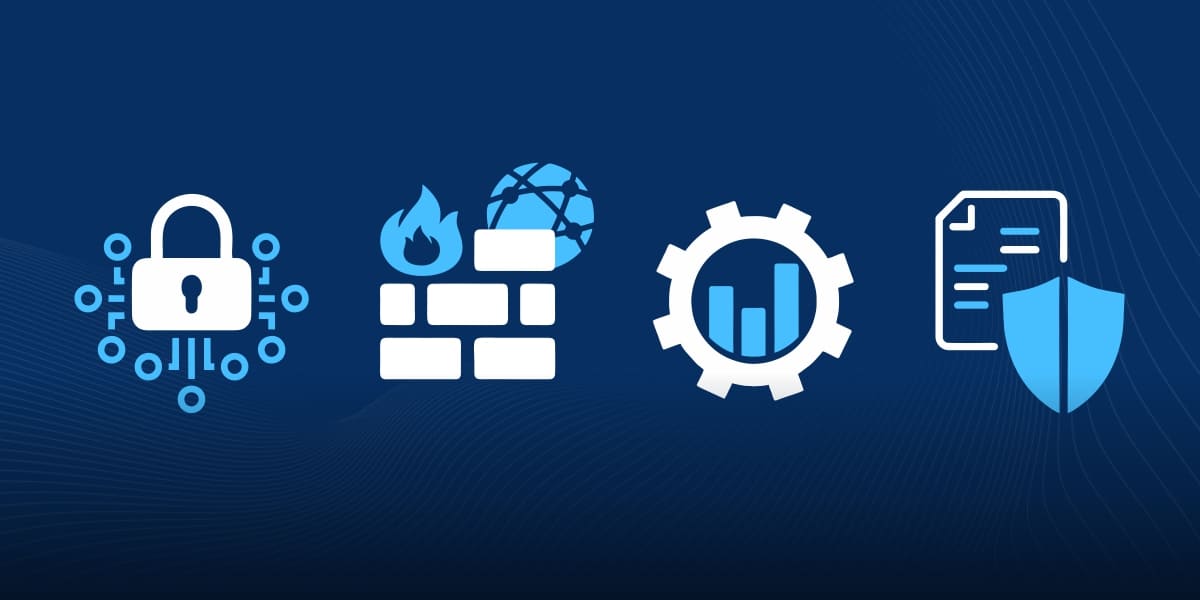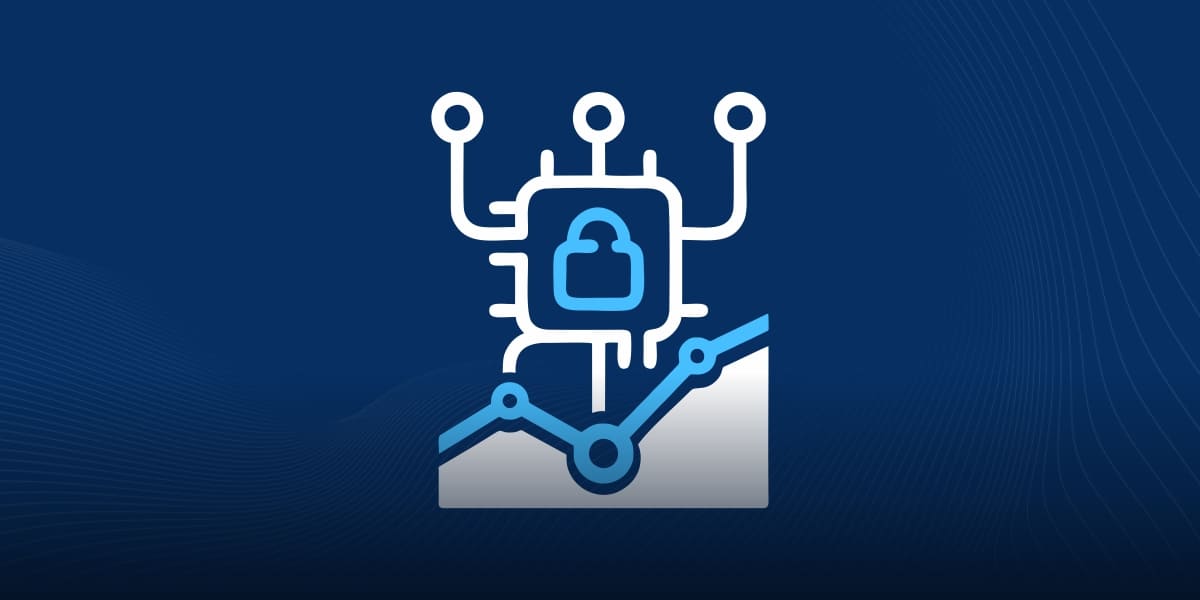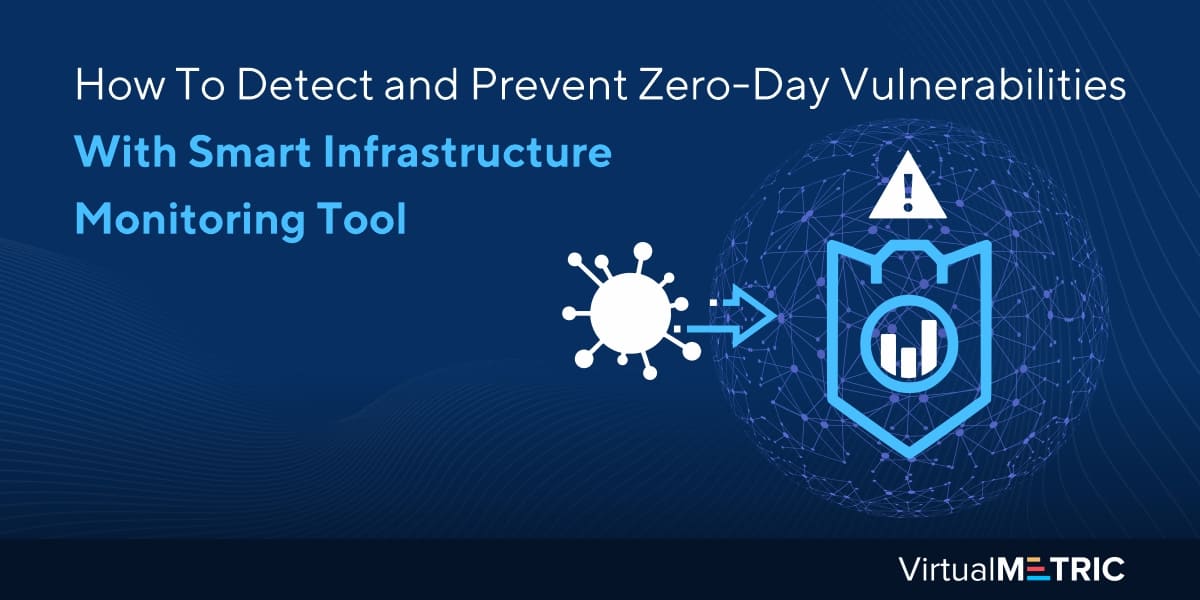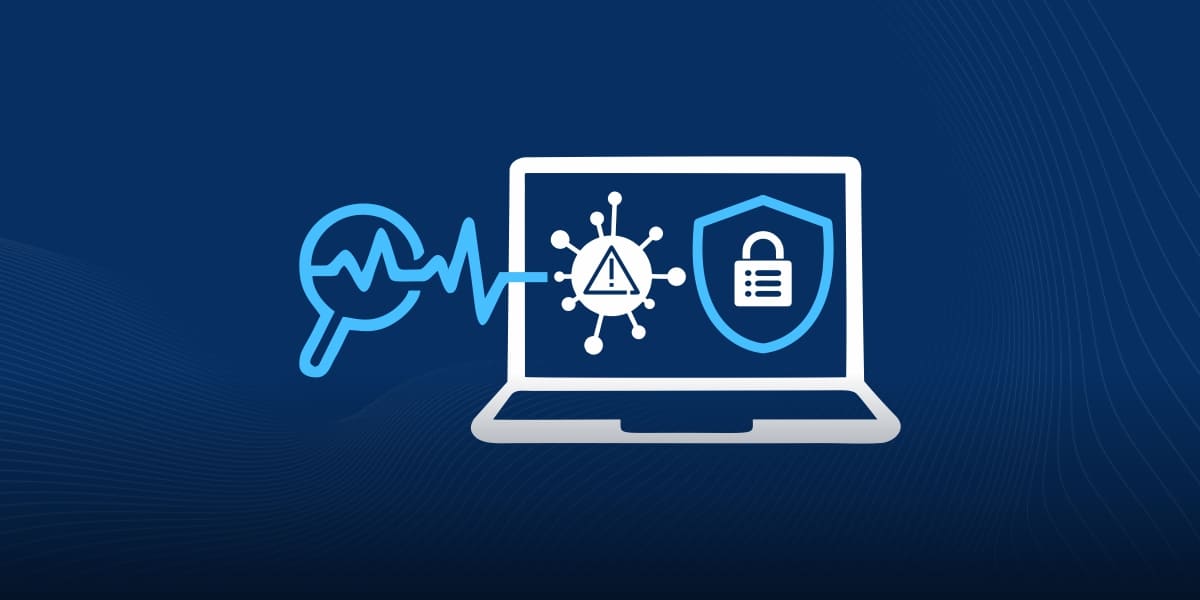“End of life, end of support, pandemic-induced shipping delays and remote work, scanning failures: It’s a recipe for a patching nightmare.”, federal cybersecurity CTO Matt Keller says.
Ensuring a high level of security for your IT infrastructure and being sure you have not missed something is hard to arrange during these days.
A zero-day exploit happens when hackers identify a software weakness or a security gap and take advantage of it to perform a cyberattack. Usually, these security flaws are recognised by hackers, but they stay hidden for the software company or developers. So it may take a significant time and many software users can be affected before the problem is identified and a fix is applied.
Zero-day vulnerabilities and attacks require immediate actions. From here comes also their name, as you have zero days to fix the problem, as it already has led to financial loss, affected users, loss of data and compromising the business of whole companies. Among the usual consequences out of a zero-day attack is also stolen data, hackers taking remote control over a system, installation of malware, file corruption, spyware installation and many more. The later the attack is identified, the worse the situation goes.
The Recent Log4j Vulnerability – Affecting More Than 4 Billion Devices And Applications
As you may know, at the end of 2021 billions of users were affected by the so far most famous zero-day vulnerability – Log4j. Log4j is a piece of software recording activities in a wide range of systems. It is used in a wide range of consumer-facing products, services, and software. At the end of 2021, a severe vulnerability in the popular Java logging package, Log4j (CVE-2021-44228) was disclosed. This vulnerability exposed millions of consumer products, enterprise software, and web applications to severe risk.
All systems and services using Apache Log4j between versions 2.0 and 2.15 have been affected. This includes companies like Atlassian, Amazon, Microsoft Azure, Cisco, Commvault, ESRI, Exact, Fortinet, JetBrains, Nelson, Nutanix, OpenMRS, Oracle, Red Hat, Splunk, Soft, and VMware and more. The complete list of vulnerable software and its security status can be found here. The vulnerability has been widely exploited by many attackers, and many companies faced serious challenges to deal with it, plus even more serious consequences after being affected. When vulnerabilities are discovered and exploited, it risks a loss or breach of personal information, financial loss, and other irreversible harms, which you would like to prevent for sure.
Attackers are evolving and changing their techniques quite rapidly. So there might be always a new zero-day vulnerability hitting us faster than expected. The intelligent solution when dealing with such kinds of threads is to focus on prevention, rather than fixing the emerging problem and fighting with hackers.
 Key steps to prevent zero-day vulnerabilities:
Key steps to prevent zero-day vulnerabilities:
- Implementing a good cyber security product or endpoint security product
- Configure firewalls and firewalls rules
- Check your own system if a vulnerability is applied to you
- Follow strictly the latest security politicies
How VirtualMetric Avoids Zero-day Vulnerabilities
VirtualMetric is designed and developed to meet the highest security standards from the ground up. We believe that security is one of the significant issues for our customers and users, and as a product, we need to ensure it and also provide our customers with the ability to prevent any risks possible.
As we get many questions from VirtualMetric users if we can help them check if they are vulnerable, we are sharing below a few ideas on how to create monitoring rules to detect zero-days vulnerabilities at an early stage.
Setting Up Monitoring Rules to Help You Detect Zero-Day Vulnerabilities
As a first step to ensure you are not vulnerable, our security team recommends using static code-based analysers. Static code analysis is a debugging method by examines source code before a program is run. It’s done by analyzing a code set against a set (or multiple sets) of coding rules. The static code-based analysers will check all of the libraries you use and their usage and will warn you in case of danger. As a result, you ensure maximum security protection with early vulnerability detection and taint analysis.

With the new features in VirtualMetric, you can now easily detect and monitor zero-day vulnerabilities like Log4j in the future. Part of the capabilities you can use are:
- Event logs collection
Tracking your event log is vital to detect unusual behaviour or potential threads. With one of the most advanced log collection capabilities on the market, VirtualMetric provides you with a powerful weapon to dig down into any strange system behaviour. You can analyse the users behaviour, convert huge amounts of data into easy to understand and analyse charts and many more.
- System Kernel messages collection
An easy way for security experts to check the logs and find anomalies. Hackers’ idea is to reach as many systems as possible inside the company You can find patterns and access events with our log monitoring capabilities. Detect early suspicious behaviour on your system.
- Kernel event monitoring
Many of the critical events can be discovered by monitoring the kernel events. VirtualMetric has added the kernel event monitoring so that you can create your own custom rules to monitor the conditions through the kernel. Whatever happens in your system, we collect the information and matches it with the predefined rule. If the result does not match, we send you a warning about possible vulnerability. Discover patterns in the kernel and ensure you discover vulnerabilities at an early stage.

Detecting cyber attacks such as the Log4j exploit requires knowing what penetrated your network. It also requires knowing what is executing within your IT infrastructure. VirtualMetric reveals this information through its network package monitoring capability. The streamed and stored network packets plus reveal the underlying security, health, and performance of enterprise networks by inspecting and analyzing network packets.
- Monitor your antivirus products and security products with VirtualMetric
Using security products for huge environments can be hard to manage. And you always risk missing some notifications or to skip the important updates. VirtualMetric is a useful tool, which monitors even your antivirus and security products and can help you automate certain actions.
Zero-day vulnerabilities like Log4j needs to be prevented and discovered at an early stage. They are a risk for losing or compromising data, regulatory risk and can lead to huge financial loss for your business. Using intelligent and automated monitoring tools can help you detect patterns or discover vulnerabilities before they become a problem for your enterprise infrastructure.




Leave a Reply